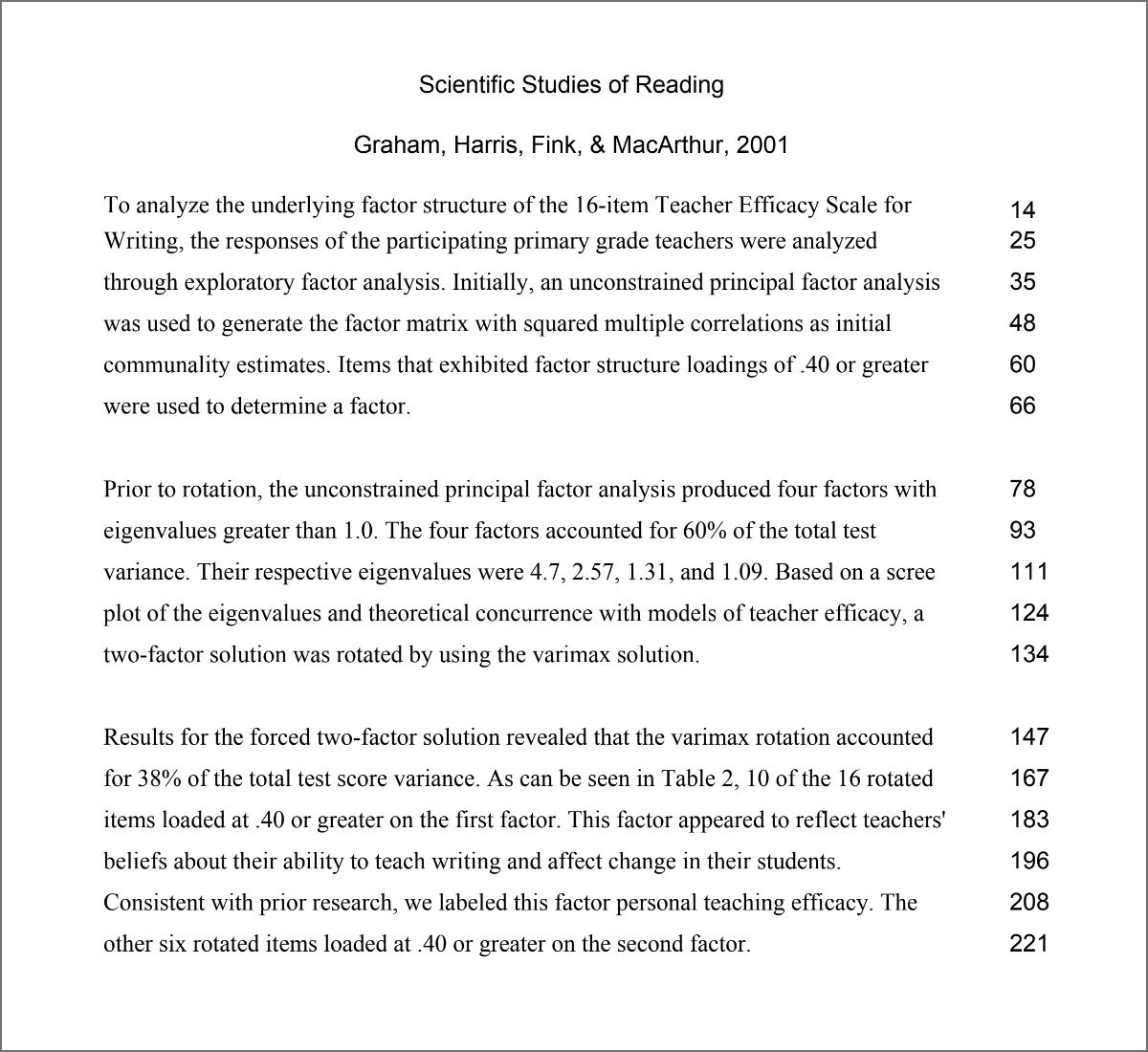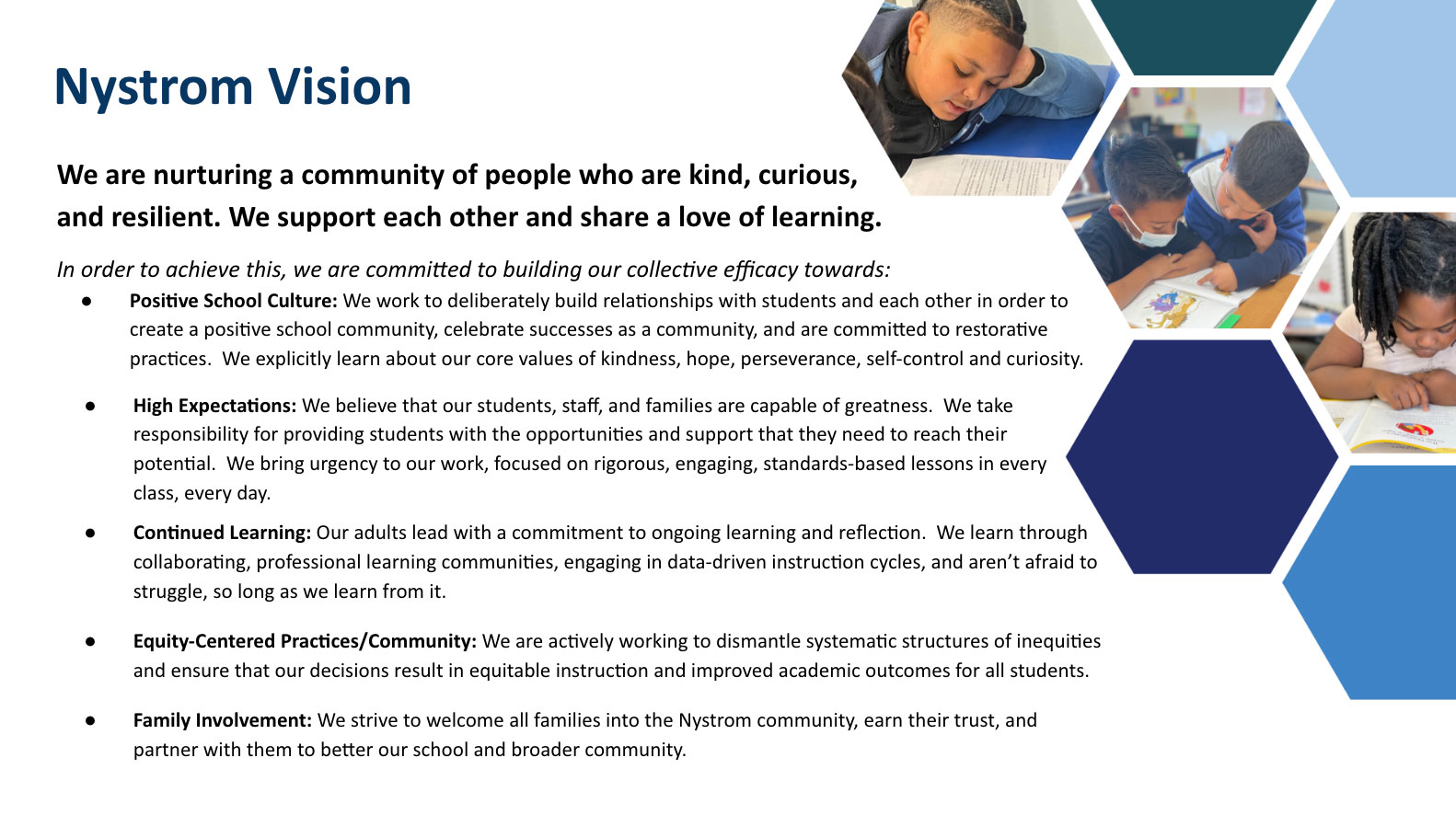I thought experiencing reading difficulty of our own could help us relate to the comprehension challenges that our students face, so I planned a professional development session for the teachers at my school.
To select a text to share, I followed the parameters we often use when choosing passages for students:
- They could read the words with 98% accuracy.
- The text was on a topic relevant to our work.
- It was about something related to our real-world experiences.
- There were some interesting words and concepts that would require explanation.
- It was an appropriate length for the time available.
- And it was a well-written, well-organized piece.
But also, it was really hard.

Note: I encourage you to read the passage — the whole thing, ideally aloud — before continuing on with this blog. And if you’d like to use the text for a PD experience of your own, here’s a link to the original publication and the text with a running word count , so you can monitor reading rate.
I prepared a lesson by drafting questions, collecting kid-friendly/teacher-friendly definitions for the challenging words, and I gathered our staff for PD.
Beginning with an easier text
We began with a warm-up to put everyone at ease; practicing with a less complicated text. Partners read to one another from a children’s book, for one minute, taking notes on reading accuracy, rate, and expression.
Then we talked about what they’d read and the room buzzed with animated discussion.
There was very little teaching required to discuss this easier passage. It was a narrative, so we talked about what happened in the story, made predictions about what might happen next, noticed a funny part, and laughed together.
Then I distributed the passage that would be at the center of our work.
Confronted with challenging text
Again, partners read to one another for a minute. While the accuracy rates were quite high, reading rates were less than half what they’d been with the easier passage. We discussed how and why we slowed down while reading.
We’d noticed ourselves:
- Working through unfamiliar words
- Focusing on phrasing when tackling long sentences
- Attempting to monitor comprehension
- As I had with the previous passage, I set a timer and opened things up for a comprehension discussion.
Awkwardness ensued.
People avoided eye contact by looking back at the passage, checking their phones, or pretending to hunt for a pencil. We were no different from our students when faced with a challenging text.
Before someone asks to go to the restroom or sharpen their pencil,” I joked, “Let’s turn to a partner and recap what this passage was about.”
I listened in on hushed conversations. One set of partners sat awkwardly in silence before discussing something that had happened at recess.
In another partnership, this conversation occurred:
“I think it’s about eigenvalues?”
“Me, too.”
[long pause] “Any idea what those are?”
“Nope. Did your class have music today?”
And they spent the rest of the time talking about their day.
One teacher underlined long sections of the text and, when I asked why, she replied:
“I’m marking the parts that I don’t get.”
Two teachers talked with each other, negotiating which words to circle. They explained:
“We’re marking the words and phrases that we’d have to understand in order for any of it to make sense.”
No one was able to tell what the passage was about.
We talked briefly about how, with an easier passage, very little teaching was needed. But with this challenging text, every lesson step would matter.
Step 1: activating background knowledge
I began the lesson by referring back to a text we all knew well, and I highlighted two bullet points from our school vision:

High Expectations: We believe that our students, staff, and families are capable of greatness. We take responsibility for providing students with the opportunities and support that they need to reach their potential. We bring urgency to our work, focused on rigorous, engaging, standards-based lessons in every class, every day.
Continued Learning: Our adults lead with a commitment to ongoing learning and reflection. We learn through collaborating, professional learning communities, engaging in data-driven instruction cycles, and aren’t afraid to struggle, so long as we learn from it.
We discussed why we hold high expectations for our students and why we value continued learning for ourselves.
Me: “So it wouldn’t surprise us if we were to read a study that showed that teachers’ beliefs about their own teaching abilities can impact their students’ progress.”
Teachers [murmured]: “Wait, is that what the article was about?!”
After hooking into the topic, we reviewed the genre of the passage (scientific study) and then tackled small chunks of text.
Step 2: guided close-reading of the text
For each paragraph, we whisper-read the text and paused to identify the “who/what” of that section.
In the first paragraph we underlined: “16-item Teacher Efficacy Scale for Writing.” With some conversation we determined that this was a survey or scale that had 16 different questions, or items, all of which were used to determine how effective teachers were at teaching writing.
Me: “Who took the survey?”
We reread the paragraph to find the answer to the question (“participating primary grade teachers”) and then underlined the phrase.
Teacher 1: “I read this multiple times and this is the first time I’m realizing that it’s actually about me, or at least, teachers like me.”
We paused for a moment to talk about how often that happens for our students; they don’t see the relevance of a reading assignment, until we help them work their way into it.
We continued with chunks of the text, establishing a purpose for reading each paragraph.
Me: “Of the sixteen items on the survey, researchers narrowed things down to a few that really mattered. Let’s read the second paragraph to determine how many.”
“In the next paragraph, we’ll read about the one factor that ended up being most impactful. When you find that factor, underline it.”
As we worked through the text, we identified unfamiliar terms and I provided explanations for each. (Many thanks to Nathaniel Hansford, of Pedagogy Non Grata , for equipping me with this glossary .)
We annotated the passage, writing explanations of new terminology above where it appeared in the text, and then we reread the sections to make sure they made sense.
Our conversation was animated as we grappled with the passage. We pointed out parts of the text, asked questions, pulled in our relevant background knowledge, and made sense of new ideas.
Our negotiation paralleled the discussion my third and fourth graders had conducted (the spark for this professional development session), only it lasted longer because our text was much richer.
Step 3: rereading and discussing the text
After we read, discussed, reread, questioned and discussed our way through the passage, we read it from start to finish one more time.
Our reading rates went up and our voices conveyed more genuine expression as we read.
Teacher 2: “Oh my gosh. It actually makes sense!!”
Reflecting on our experience
We then talked about the symptoms of our reading confusion and how each lesson part addressed those difficulties.
| Evidence of Reading Difficulty | Lesson Step to Support Comprehension |
|---|---|
| Lack of motivation to read |
|
| Slow reading rate | Rereading the text multiple times and hearing it read aloud |
| Inability to explain key concepts |
|
| Lacking clarity in our summaries | Writing the gist of each paragraph “Who/What?”“Did What?” or “Why is that important?” |
| Inability to zero in on important parts | Looking back at the text together to locate and mark key parts |
| Tendency to pull out individual words or phrases from the passage rather than feeling comfortable using our own language | Talking about small chunks of text and sharing our thinking with a partner (oral rehearsal) before discussing the questions as a group |
Download Instruction to Develop Reading Comprehension
We’d all tried many of these lesson steps before, but had never understood their value well enough to include every step in every lesson. Now, having gone through this exercise, it’s clear why lessons that challenge our students’ reading comprehension have sometimes flopped.
My school’s ELA curriculum (which has been dubbed #HQIM, “High Quality Instructional Material”) includes challenging texts, but the lessons often lack the definitions, questions, and explanations necessary to guide students into and through the books they read. As a result, our students have been exposed to grade level, standards-aligned lessons, but they haven’t benefited as much as they could.
In order to have productive text-based discussions, we have to pull apart the texts ourselves — hunting for barriers to comprehension at the word, sentence, paragraph, and passage level. But that work feels worth it, now that we’ve felt the value of a carefully-planned lesson while grappling with a text ourselves.

